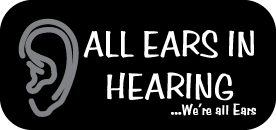Choosing a Hearing Aid
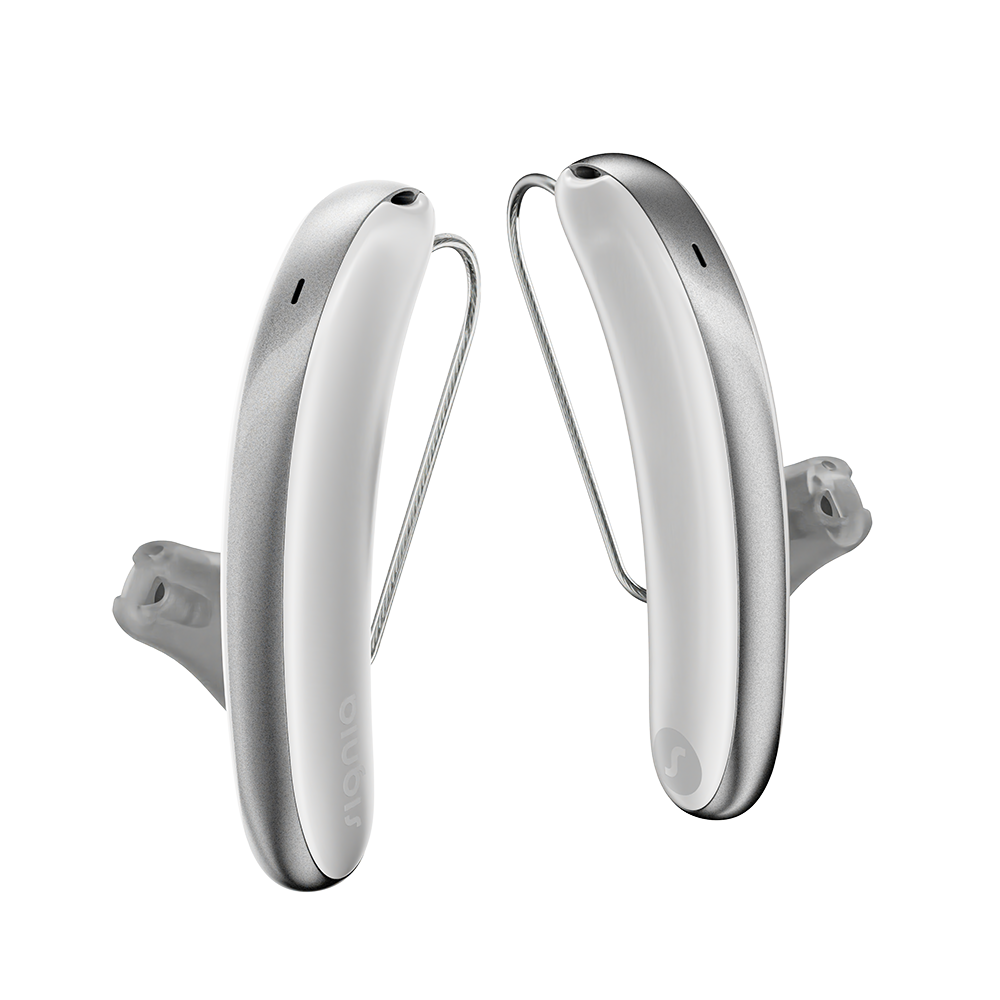
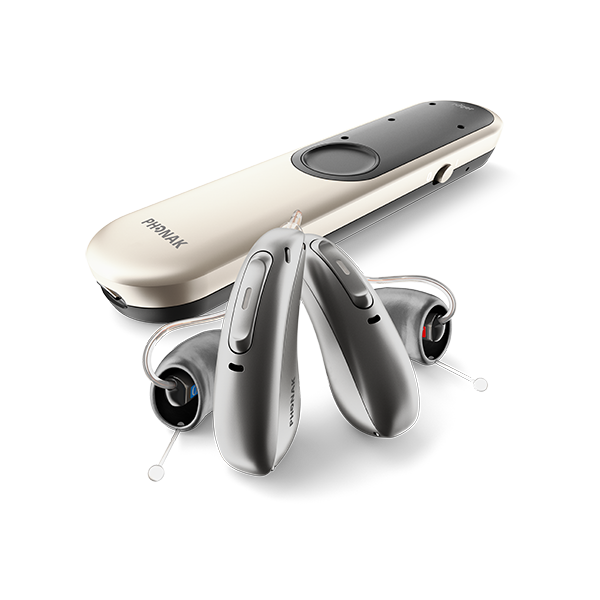
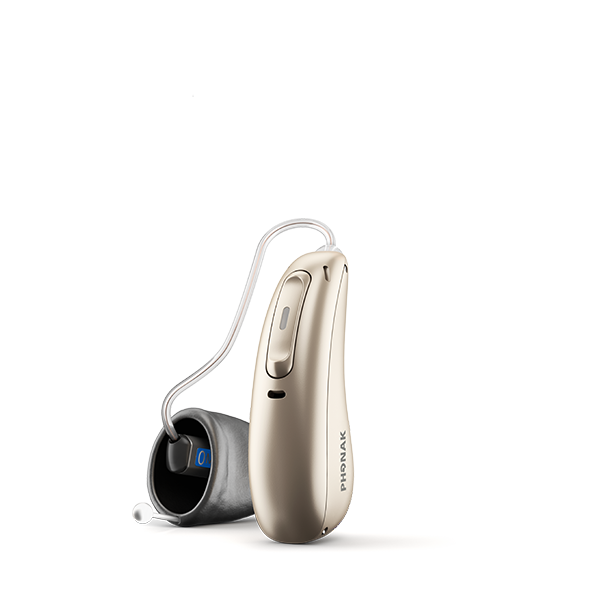
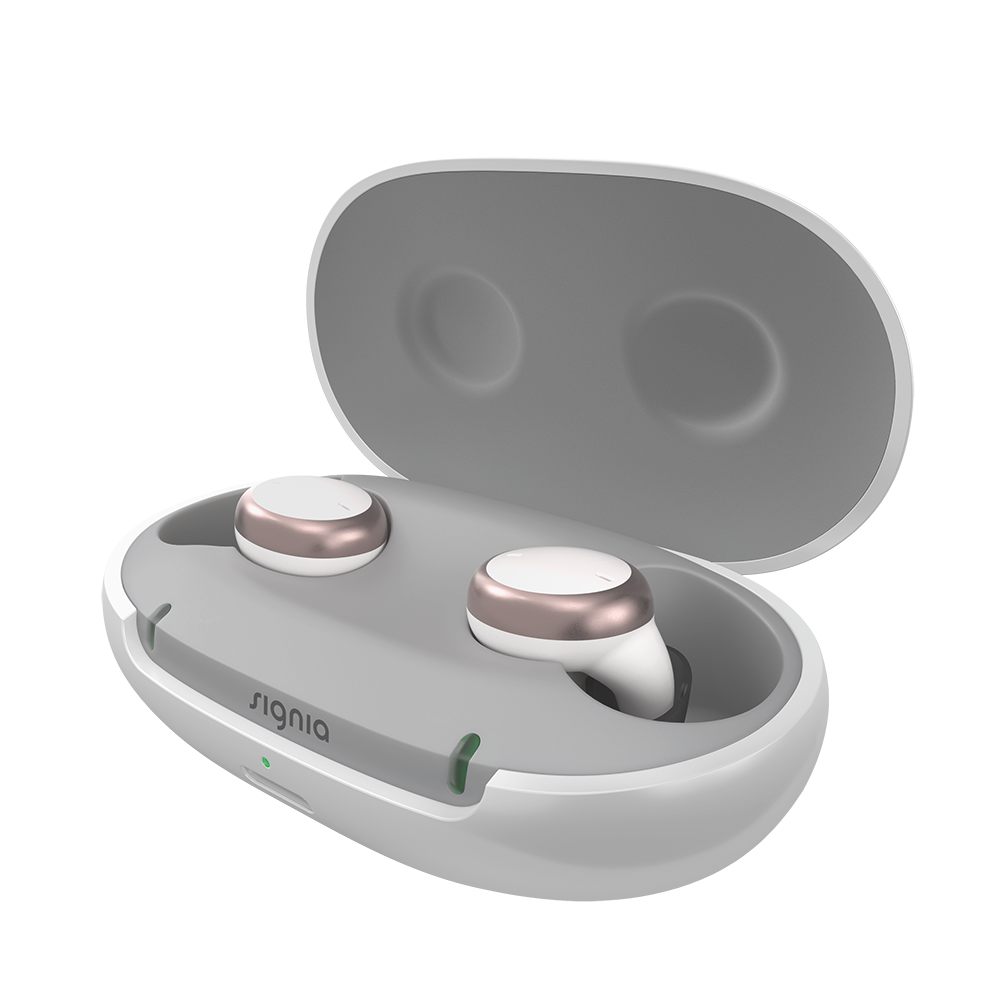

Choosing a Hearing Aid
Hearing loss is individual and so is your hearing solution. At All Ears in Hearing, after assessing your hearing, we will discuss your hearing needs and set some goals on what you would like to achieve by wearing hearing aids. We work with you to choose a hearing instrument that is suitable for your hearing loss, listening needs, personal tastes and budget.
We offer a broad range of devices, ranging from basic technology to the most advanced technology available and are not affiliated with any one manufacturer, so you can be assured that you will get what is best suited to you. We make it easy for you by explaining the features and how they benefit you, so you can be confident that you have made the right decision.
It’s important to have realistic expectations about hearing devices. They will definitely improve your hearing and provide benefit, but they can’t give you back normal hearing. There will be some situations such as background noise that you will still have difficulty hearing in.
Before choosing a hearing device, there are a number of factors to consider:

1. Degree of Hearing Loss
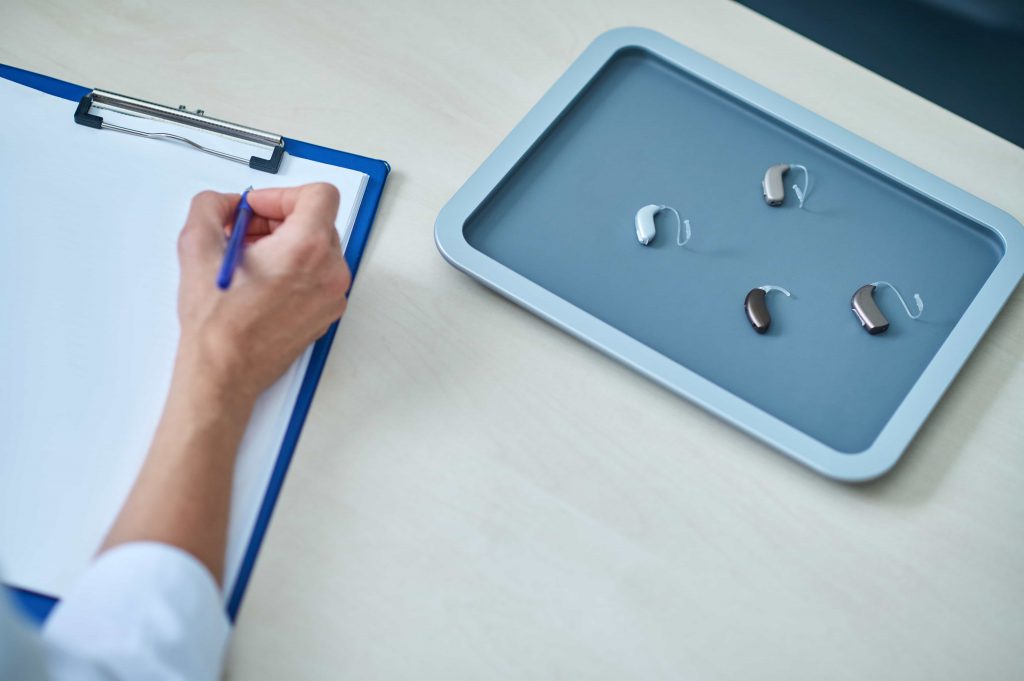
2. Technology
3. Handling
4. Style
Different Styles of Hearing Aids
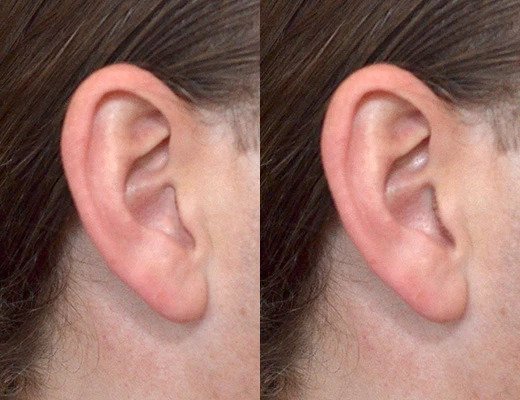
IIC/CIC
Invisible-In-The-Canal
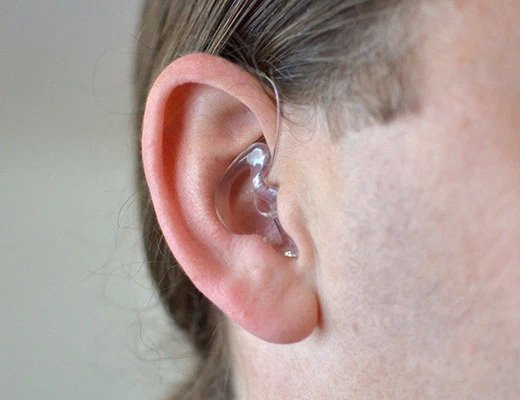
BTE
Behind-The-Ear
The behind-the-ear device sits behind the ear (pictured above right & below left). The sound travels from the hearing aid down a small plastic tube connected to a mould or dome that sits in the ear. They range in size from a super power model down to a mini version.
The receiver-in-the-ear device sits behind the ear and the sound travels down a small wire that is connected to a mould or dome that sits in the ear. They range in size and are usually smaller than the traditional BTE style.
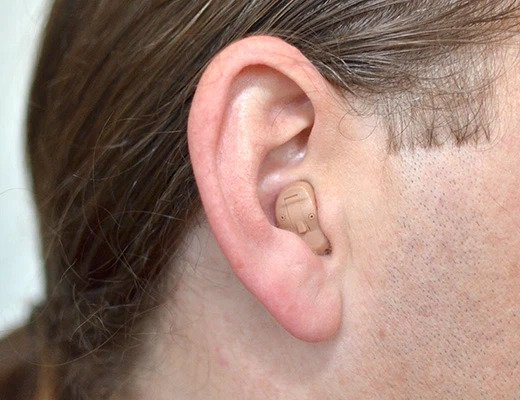
ITC
In-The-Canal

ITE
In-The-Ear
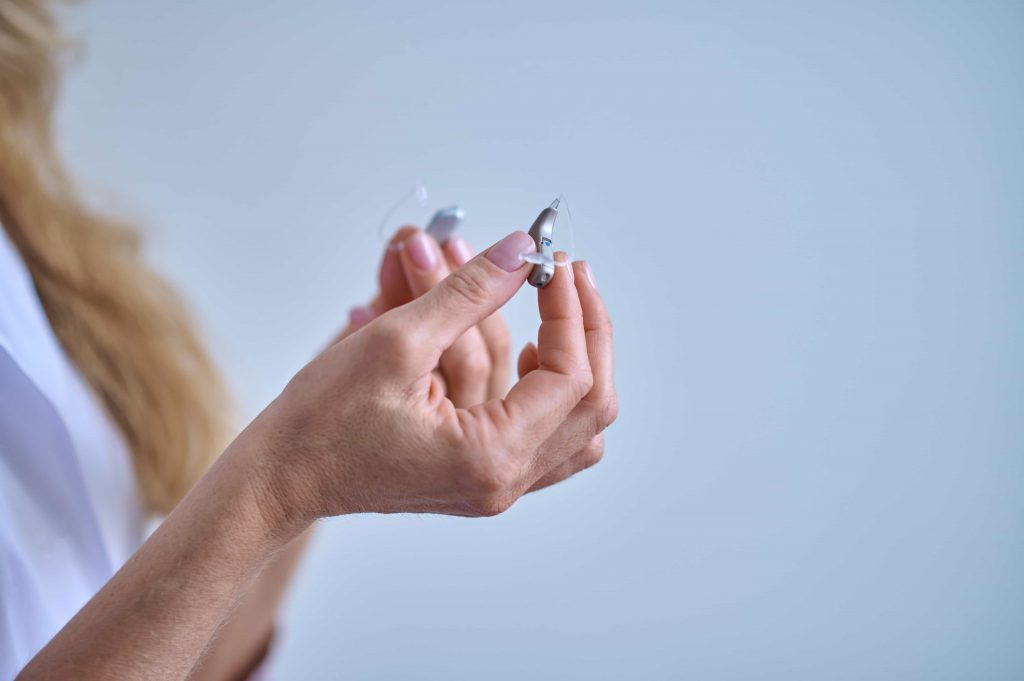
5. One or Two Hearing Instruments
If you have a hearing loss in both ears, than two instruments are definitely better than wearing one.
Sound localization – Have you ever thought why we have two ears? The brain needs to compare information from both ears to tell us which direction sound is coming from. With two hearing aids, you will have a much better sense of direction and be more aware of your surroundings than if you wore one. This is important from a safety point of view, for example crossing the street in traffic or driving.
Easy Listening – When you wear two hearing devices, you do not have to put as much effort into hearing compared to just wearing one.
Better Sound Quality – As the brain has information from both ears, speech will be much clearer.
Stereo Sound – Stereos have two speakers to give music depth. If one speaker is not working, the music may sound dull. Same with your ears. Sounds will have more clarity and depth when you wear two hearing aids.
Better Hearing in Background Noise – Wearing two devices will give the brain more information to work with, making it easier for the brain to separate speech from noise. When fitted with two instruments, less amplification is needed, so background noise is less annoying and the risk of feedback (whistling) is also reduced.
Repairs – If you have two hearing instruments and one needs to be sent for repair, you will still have at least one device.
Auditory Deprivation – This occurs when the ear goes unaided over a long period of time. As the saying goes ‘If you don’t use it, you lose it’. A lack of continued sound stimulation causes the brain to gradually lose its ability to process information from the unaided ear. The earlier you consider wearing a hearing device, the better the chances of reducing the risk of Auditory Deprivation.
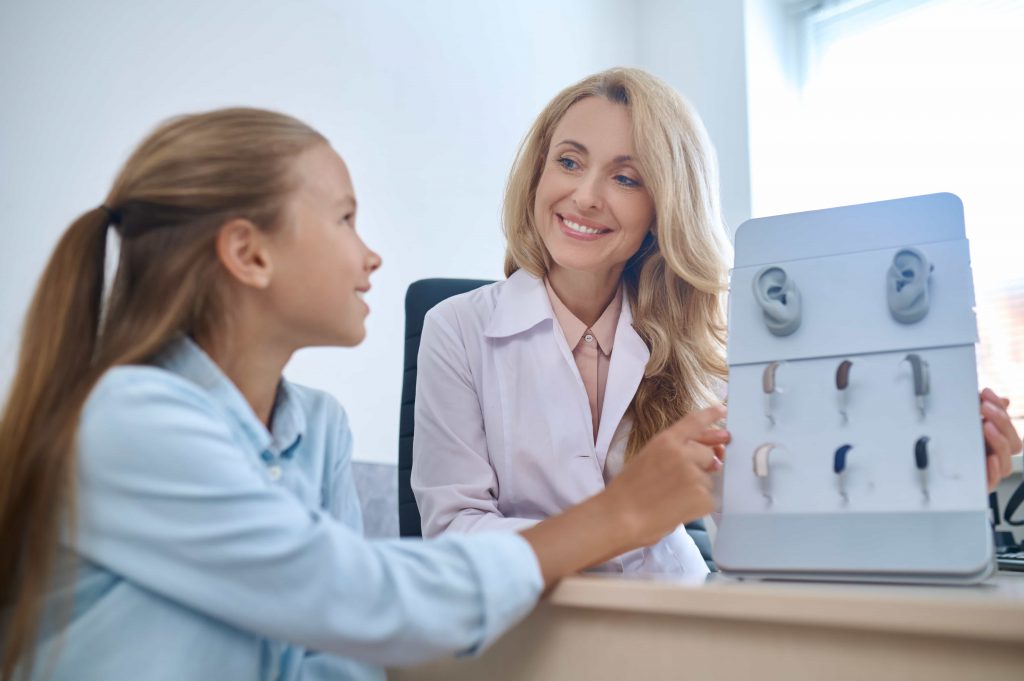
6. Cost
Better hearing means a better quality of life, so think of your purchase as an investment for yourself and your loved ones. Hearing devices are available in a range of prices, so no matter what your budget, we can find a model to suit.
If you are an Australian pensioner or holder of a gold or white (hearing specific) repatriation cards, you may be eligible to receive free hearing services including free hearing aids. Click here for further information.
Private health fund rebates may be available depending on your health fund and level of cover. Check with your provider to find out your entitlements.

